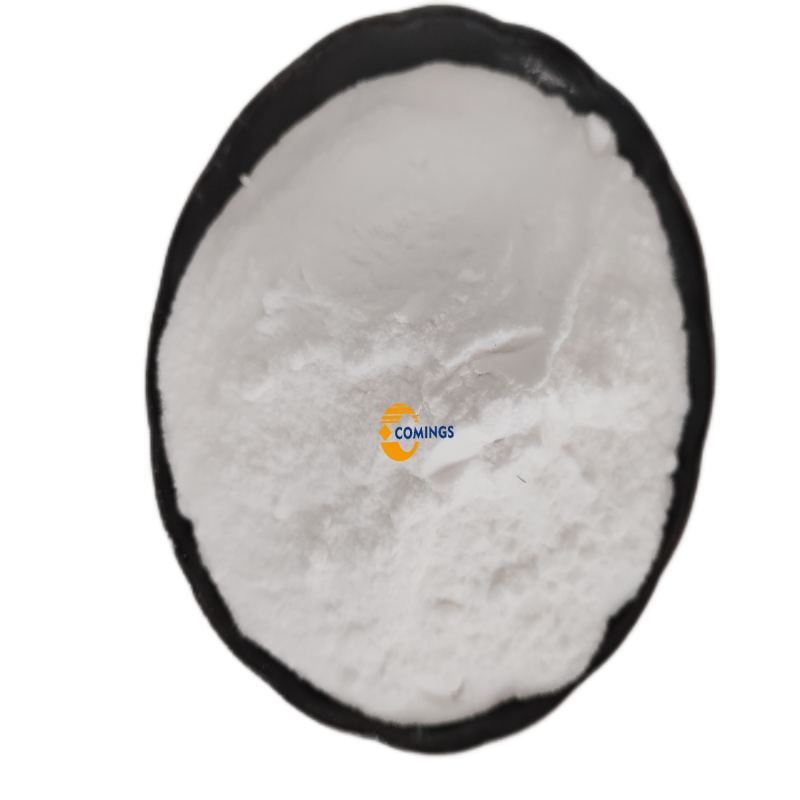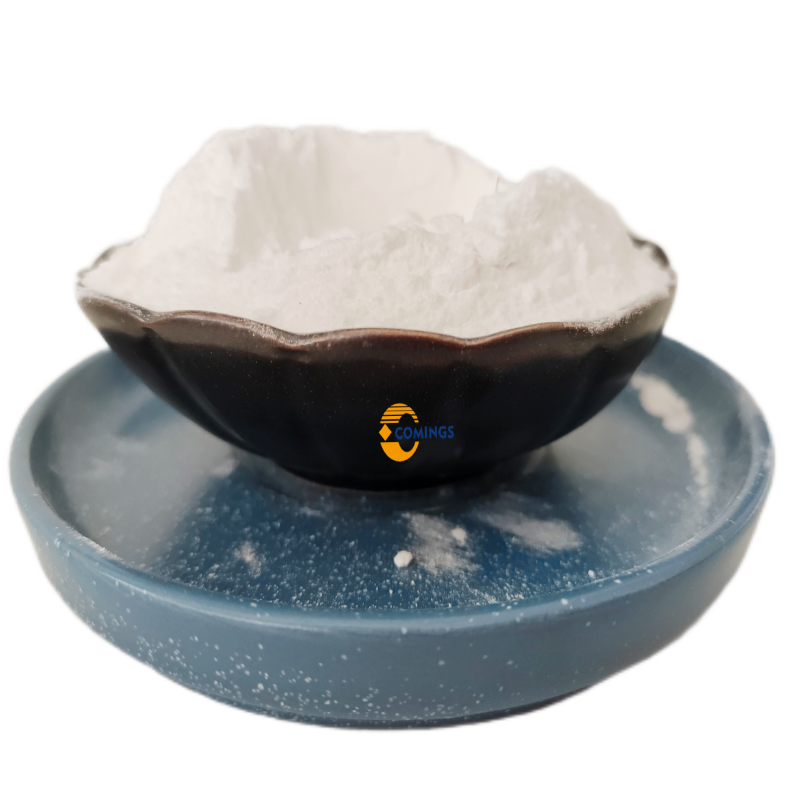-
Categories
-
Pharmaceutical Intermediates
-
Active Pharmaceutical Ingredients
-
Food Additives
- Industrial Coatings
- Agrochemicals
- Dyes and Pigments
- Surfactant
- Flavors and Fragrances
- Chemical Reagents
- Catalyst and Auxiliary
- Natural Products
- Inorganic Chemistry
-
Organic Chemistry
-
Biochemical Engineering
- Analytical Chemistry
-
Cosmetic Ingredient
- Water Treatment Chemical
-
Pharmaceutical Intermediates
Promotion
ECHEMI Mall
Wholesale
Weekly Price
Exhibition
News
-
Trade Service
.
Spyros Lytras, an evolutionary virologist at the University of Glasgow in the United Kingdom, at the 7th World One Health Congress in Singapore on November 8, 2022 A report made on the previous article showed that some parts of the 2016 bat coronavirus shared a common ancestor with SARS-CoV-2, and only 3 years later, in 2019, the new coronavirus appeared in
human society.
The discovery narrows the time interval
between the ancestor of SARS-CoV-2, which originated in bats, and the transmission of SARS-CoV-2 to humans.
However, this does not explain how SARS-CoV-2's closest ancestor made the leap from bats to humans, a persistent mystery since the pandemic that many scientists believe may involve an animal
as an intermediate host.
The common ancestor of the new coronavirus (SARS-CoV-2) and bat coronavirus appeared later
than scientists thought.
But other virologists believe that the probability of finding the direct ancestor of SARS-CoV-2 is almost zero
.
Given the frequency of coronavirus recombination and the time that has elapsed, it will be extremely difficult
to find the direct ancestor of SARS-CoV-2 in bats.
Edward Holmes, an evolutionary virologist at the University of Sydney in Australia, said the chances of finding the direct ancestor of SARS-CoV-2 are "almost zero.
"
Joel Wertheim, a molecular epidemiologist at the University of California, San Diego, said the direct ancestor of SARS-CoV-2 may have formed from several viruses that have been recombinant and mutated
in bats ever since.
Coronavirus sampling of bats may identify closer segments of the virus than have been found in known coronaviruses so far, but may not reveal a direct ancestor
.
Since the beginning of the pandemic, many researchers, especially in Southeast Asia, have been sequencing
coronaviruses found in bats and other mammals.
They also sequenced the coronavirus from previous tissue samples stored in freezers, hoping to find the origin of the virus that caused the pandemic
.
But scientists have not been able to find a precursor to SARS-CoV-2, which has even led to speculation that the pandemic was caused by a leak of a laboratory virus
.
So far, scientists have isolated more than a dozen viruses
closely related to SARS-CoV-2 from bats and pangolins.
To determine their relationship to SARS-CoV-2, researchers often compare their entire genomes (about 30,000 nucleotide lengths).
。 With this approach, they found that the known close relatives of SARS-CoV-2 are a bat coronavirus called BANAL-52, found in Laos, whose genome is 96.
8% identical to the SARS-CoV-2 genome, and a bat coronavirus called RaTG13, found in Yunnan, which has a genome 96.
1% identical
to the SARS-CoV-2 genome.
There is a 3-4% difference between the genomes of the two bat coronaviruses and the SARS-CoV-2 genomes, suggesting that these viruses have evolved
over about 40-70 years since they shared a common ancestor.
However, this comparison actually ignores the role of
recombination in viral evolution.
Spyros Lytras, an evolutionary virologist at the University of Glasgow in the United Kingdom, presented his study at the congress, in which they compared 18 bat and pangolin viruses closely related to SARS-CoV-2 and spliced them into 27 segments
.
Each fragment has a different evolutionary history
from hundreds to thousands of nucleotide sequences.
For each fragment, a larger subset of 167 related viruses was used to estimate how long
SARS-CoV-2 shared a common ancestor with bat or animal viruses.
Their analysis revealed that just a few years ago, some of these fragments shared a common ancestry
with SARS-CoV-2.
Most fragments shared a common ancestor around 2007, but a small fragment about 250 nucleotides long may share a common ancestor in 2016, and another 550 nucleotide-long fragments may share a common ancestor in 2015, just 3-4 years before
SARS-CoV-2 emerged in human society.
The two latest fragments with a common ancestor come from bat samples
from Yunnan and Laos.
Considering the distance these viruses can travel with the bat host, it suggests that Yunnan and Southeast Asia are hotspots for the ancestors of SARS-CoV-2
.
It's a clever approach," Sherlock Holmes said
.
"It gives you the purest signal
of evolutionary time.
" However, he noted that some fragments are quite short, which makes these estimates less reliable because of the limited
number of RNA nucleotides available for comparison.
These analyses suggest that the common ancestor of the novel coronavirus (SARS-CoV-2) and bat coronavirus emerged later
than scientists thought.
Edward Holmes, an evolutionary virologist at the University of Sydney in Australia, says it's a clever way to give the purest signal of the timing of SARS-CoV-2 evolution, but some of the fragments are short, making these assessments less reliable, and the likelihood of finding the direct ancestor of SARS-CoV-2 from these data is almost zero
.
Reference link: style="letter-spacing: normal;color: rgb(136, 136, 136);font-size: 12px;" _mstmutation="1" _istranslated="1">
Open reprint, welcome to forward to Moments and WeChat groups






